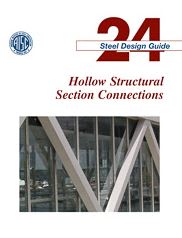I am designing a soldier pile wall with a steel w12x58 waler, and as desired by client, using proprietary 7" o.d. pipe helical pile piers, 0.408 inches thick, 80 ksi steel as the soldiers. I want to confirm that the concentrated reactions of the piles against the waler at the support points are low enough that the pipe piles won't "squash" under the load. If they are, I can place concrete on the pile interior to provide better resistance to squashing (issue is added cost). Is there a reference that provides calculation of this squash load for small diameter pipe? I found a ton of references for large diameter pipes (ala road culverts). Thanks! See sketch attached.
Tek-Tips is the largest IT community on the Internet today!
Members share and learn making Tek-Tips Forums the best source of peer-reviewed technical information on the Internet!
-
Congratulations cowski on being selected by the Eng-Tips community for having the most helpful posts in the forums last week. Way to Go!
Point load on small diameter pipe - Calculating "Squash" load
- Thread starter Jc67roch
- Start date

